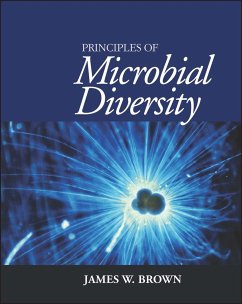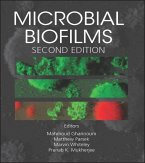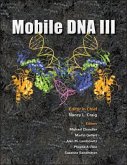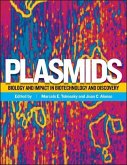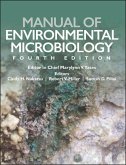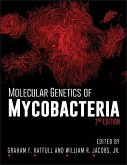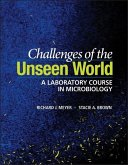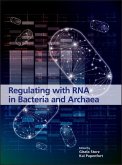This brand new textbook will fill a currently empty niche in microbiology textbooks and provide a current, comprehensive view of microbial diversity. A microbial diversity course is considered one of the three core courses that every department should require of its majors.
Every speck of dust, drop of water, and grain of soil and each part of every plant and animal contain their own worlds of microbes.
Designed as a key text for upper-level undergraduates majoring in microbiology, genetics, or biology, Principles of Microbial Diversity provides a solid curriculum for students to explore the enormous range of biological diversity in the microbial world. Within these richly illustrated pages, author and professor James W. Brown provides a practical guide to microbial diversity from a phylogenetic perspective in which students learn to construct and interpret evolutionary trees from DNA sequences. He then offers a survey of the "tree of life" that establishes the necessary basic knowledge about the microbial world. Finally, the author draws the student's attention to the universe of microbial diversity with focused studies of the contributions that specific organisms make to the ecosystem.
Principles of Microbial Diversity fills an empty niche in microbiology textbooks by providing an engaging, cutting-edge view of the "microbial zoo" that exists around us, covering bacteria, archaea, eukaryotes, and viruses.
Every speck of dust, drop of water, and grain of soil and each part of every plant and animal contain their own worlds of microbes.
Designed as a key text for upper-level undergraduates majoring in microbiology, genetics, or biology, Principles of Microbial Diversity provides a solid curriculum for students to explore the enormous range of biological diversity in the microbial world. Within these richly illustrated pages, author and professor James W. Brown provides a practical guide to microbial diversity from a phylogenetic perspective in which students learn to construct and interpret evolutionary trees from DNA sequences. He then offers a survey of the "tree of life" that establishes the necessary basic knowledge about the microbial world. Finally, the author draws the student's attention to the universe of microbial diversity with focused studies of the contributions that specific organisms make to the ecosystem.
Principles of Microbial Diversity fills an empty niche in microbiology textbooks by providing an engaging, cutting-edge view of the "microbial zoo" that exists around us, covering bacteria, archaea, eukaryotes, and viruses.

